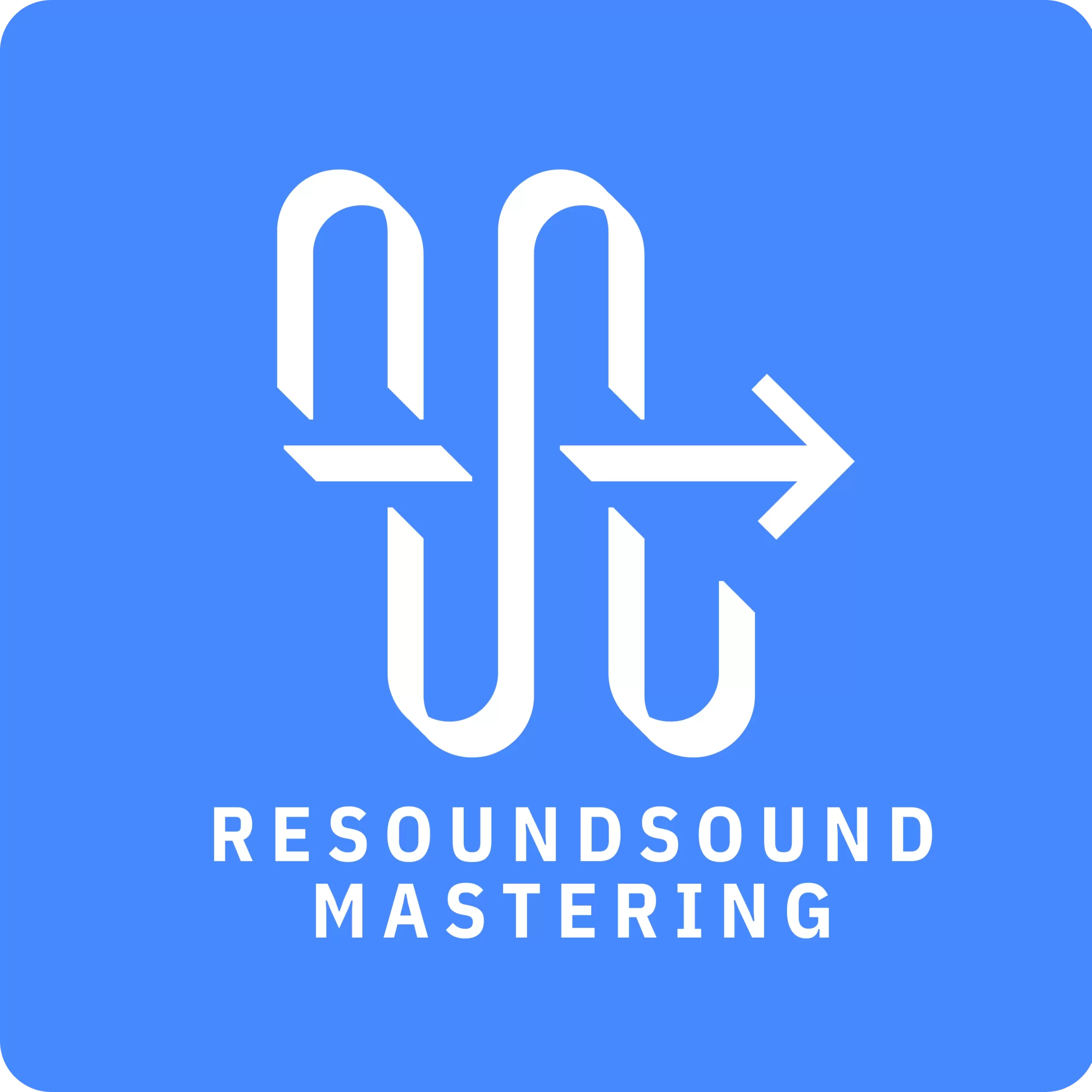Do you spend a lot of time learning or looking at tutorials, yet not making progress with your music?
Progress comes through effort. You already know that.
Learning about something feels like making progress, right?
But is it, really?
In many cases, no.
It doesn’t require effort to passively consume information.
It can feel like we’re making progress because we’re gaining knowledge. But having knowledge is useless unless it is being put into practice.
In fact, that kind of knowledge is not only useless.
To learn without putting the knowledge into practice is downright BAD for you.
Aside from sapping your time from actually making music…
Absorbing lots of information without acting on it will lead you to a confused state.
Your brain becomes clogged with various disconnected (and often contradicting) pieces of information. Makes it harder for you to see a way forward.
This is because you are missing an essential component – practice – that connects the knowledge you have gained with your existing skills, understanding and intuition.
Let’s recap:
- Needless learning is a comfort zone.
- To gain true understanding, we must interact with the subject matter.
- The only way to make progress is through effort and cultivating action.
We must learn to recognise the difference between learning with the purpose of doing something, and learning in order to feel fake-good about ourselves and avoid expending effort.
Don’t you already know enough to create something?
